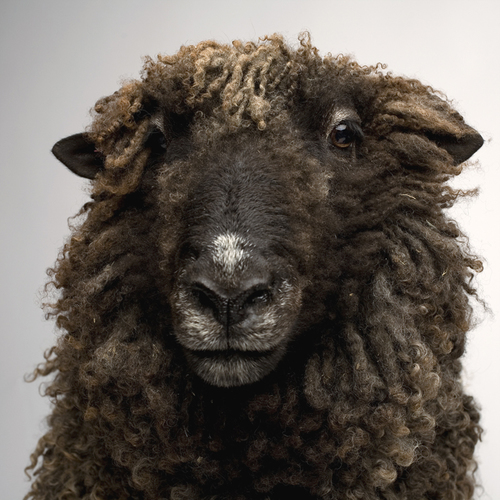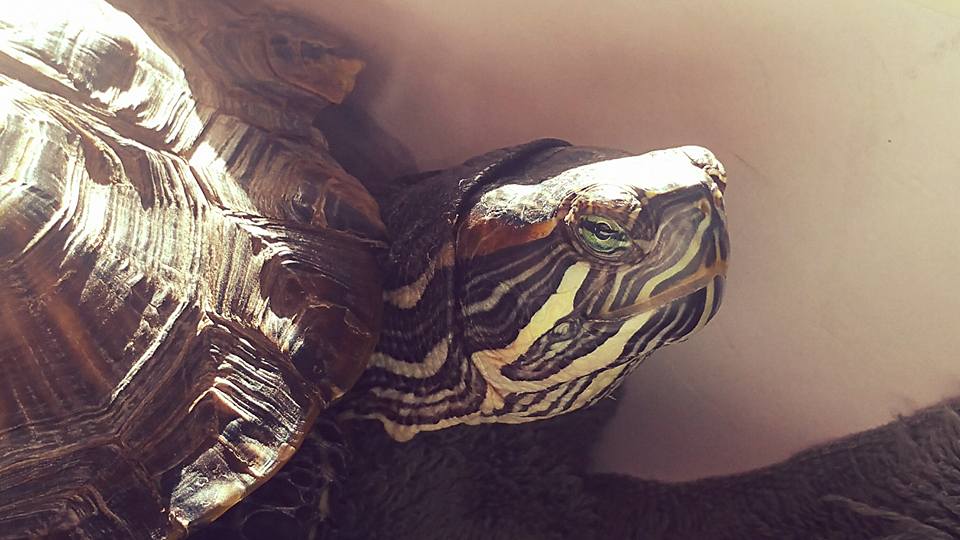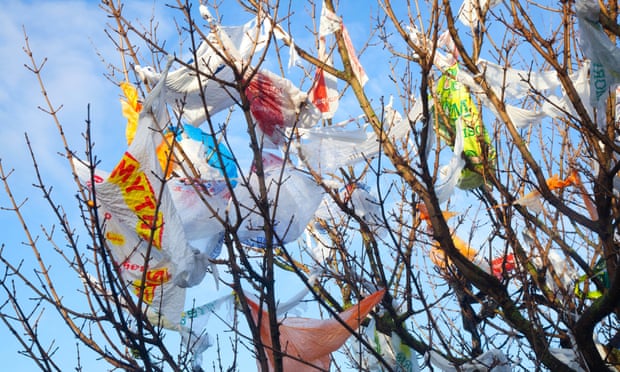When Is Enough Is Enough?
Topic: COMMUNITY INTEREST
When Is Enough Is Enough?

Falsifying documents” is a type of white-collar crime. It involves altering, changing, or modifying a document for the purpose of deceiving another person. It can also involve the passing along of copies of documents that are known to be false. In many states, falsifying a document is a crime punishable as a felony.
Punishment for forgery of symbols is a class A misdemeanor. This is the most serious misdemeanors and is punishable by up to a year of jail time and up to a $2,000 fine. Forgery of financial or official documents is a class C or D felony and subject to up to 10-year prison sentence and fines up to $10,000.
There was an OPRA request made as it pertained to the inspection status of the Hamilton animal shelter in Mercer County NJ. This request was sent to the Hamilton Clerk’s office on Sept 6, 2018. See request below:
To: bcalderone@hamiltonnj.com; EGore@hamiltonnj.com
Subject: OPRA Request
1. All the Shelter licenses for the Animal Shelter from 2012 to 2018.
2. All Local Health Inspections for the Animal Shelter from 2012 to 2017.
3. All Certificates of local inspections for the Animal Shelter from 2012 to 2018.
Please send these documents to this email within 7 days as required by law.
Response from Clerk’s office….
In reference to your OPRA request, please be advised per the Hamilton Township Department of Health has no responsive records.
Thank you,
'EiCeen (]ore, 'R;MC, C:MC, :M:MC
:Municipa[ cCerk,
How can this be, no records of inspections when the rules state…
Pursuant to N.J.S.A. 4:19-15.8 (a), operators of kennels, pet shops, shelters and pounds (animal facilities) must apply annually to the municipality for a license, and each license issued shall expire on June 30th of each year. Facilities that serve multiple functions (e.g., a kennel that also serves as a pound) should be licensed for each function that they perform. Prior to issuance of a license, local health department staff shall inspect the facility to ensure that the operation complies with all laws, rules, and municipal ordinances, including building code and zoning requirements. Specifically, the facility shall be evaluated to ensure that it is in compliance with the State rules governing the sanitary operation of animal facilities,
N.J.A.C. 8:23A-1.1 through 1.13. A copy of the satisfactory inspection report issued by the local health department should accompany the licensure application. Before any new construction or renovation, blueprint plans shall be submitted to the local health department for review and approval. Facility licenses are not transferrable upon sale of a business, or to another facility operated by the same owner.
Is the Township leadership saying with their response to this OPRA request that the shelter has not been inspected by our health inspector in at least 7+ years? For Hamilton township to obtain a shelter license, the shelter is required to perform an annual health inspection. A recent turtle that was rescued from the shelter, who resided there for 5 years; the rescuing resident could not obtain any paperwork on the turtle from the shelter. She was told the turtle was male. When she took it to the vet after rescuing it, she quickly learned it was female. Female turtles even without the presence of a male turtle will annually lay eggs. When the resident called the shelter after the vet asked her to call them to understand her egg laying history, she learned the shelter never saw any eggs. The eggs are not small, they are the size of a robin’s egg. The turtle is a Red Ear Slider.
There is currently an investigation being performed by Councilman Rick Tighe and Councilwoman Ileana Schirmer that focuses on the failing animal Shelter.
Questions for the investigators could be….
1. Did the Hamilton Township health Inspector knowingly and willingly made a conscious decision to not perform any of the required annual inspections. These inspections are required by law. (ie. NJAC 8:23A. 2)
2. Did the Hamilton township health inspector knowingly and willingly falsely sign a Shelter License on May 21, 2018 and posted it in the Shelter, so it would be available for the WW health inspection which he coordinated?
3. During the press conference at the shelter the Hamilton township health inspector stated he thought inspecting the Shelter was a conflict of interest, so he had West Windsor inspect our shelter. If this is the case, why was this not done every year and why is there no record of that.
The Hamilton animal shelter needs an overall in its leadership, there is no question about that. The animals in the shelter deserve better treatment than they are getting at the shelter.
Let’s continue with the turtle that was at the shelter. The resident who rescued this turtle had to go through quite the ordeal to get the turtle. During the Clear the Shelter Saturday, the resident went to the shelter to see what she could do to help the animals. The news by that time was quite public on the failing shelters upkeep in the local newspapers and TV. The resident was really concerned. It was shared with her that the shelter had 2 snakes and a turtle at the shelter. She asked to see the turtle. The snakes were on display in the kitten room. The turtle was in the back portion of the shelter, adjacent to the Animal Control officer’s office. The animal control officer stated that they change the water every three months and showed the resident what foods the turtle was being fed. The resident stated that she would adopt the turtle. She went to Petco and obtained an aquarium double the size of the one at the shelter. The ACO gave the resident his card and said she could call the shelter that day, Saturday, or even Sunday. They would respond and let her take the turtle.
But, this was not the case. The resident tried contacting the shelter via phone, text on Saturday, Sunday, Monday and Tuesday morning all to no avail. No return calls or return text message to the ACO and his team. She finally learned from an employee at the shelter who’s name was Anthony who said, “ I think you may need a permit for the turtle.” The resident thought it was odd that the shelter did not know this for sure and asked for the contact info to learn about the permits. She then contacted the NJ Wildlife and Fish sector of the state and got a 9-page regulation document and the application for the permit. The State was extremely helpful and expeditiously sent the info.
Upon, filling out the permit application, the application stated, the applicant has the responsibility to ensure that their county and or municipality does not have an ordinance on the books that inhibits having an exotic pet.
The resident’s heart sank. Will she not be able to save this turtle from a continued life of squalor at the shelter? She contacted shelter, HAMSTAT, the Director of Public Health for the township, and the Director of Land Use in Hamilton. What she learned was interesting. No one knew if there was an ordinance on the books prohibiting an exotic pet. How can this level of incompetence exist in a town she wondered?
 Lack of appropriate water level for the turtle. 3 month water changes
Lack of appropriate water level for the turtle. 3 month water changes
That evening, there was a Council meeting on the animal shelter. The turtle rescuer attended the meeting to see if the council could help her. When it became her turn, she got up and presented what you just read above. As she presented the body language of the council was interesting. They were no doubt embarrassed, shaking their heads that this level of silliness existed in their town. The resident asked this question,” It is not reasonable to expect the ACO, after 40 years of employment, should have known the rules on the permit. Even if he read one word a day of the 9-page regulation in NJ on exotic pets, he could have memorized the document after 40 years.” When the resident finished her presentation, the business administrator asked for her cell phone number, so he could address this issue by the next day. They did, the resident picked up the turtle the next day and brought her home. She had already made an appointment for the turtle to get a checkup from NorthStar vets in Robbinsville, NJ.
As she left with the turtle she could smell how bad the turtle smelled in the box she carried. Over a two-day period with the same level of filtration what existed at the shelter in her aquarium the water was filthy and smelled horrible. So, it was unthinkable that the shelter, with the level of filtration demonstrated in this photo, only changed the water every three months. The resident doubled the filtration, (which she learned from the vet that for turtles the filtration in the tank must be double if not triple the size of the actual tank to create a safe and clean environment for the animal). Even, with doubling the filtration, she still does week water changes. It’s unthinkable what the Hamilton shelter was doing, ever 3 months for water changes. The noxious levels in the tank for the turtle are unthinkable. This turtle is a survivor and living an amazing life now with the new resident.
Where does the accountability exist for all of this? Why was the Director of Public Health for the town allowed to ignore his duties? It would appear he willfully ignored the regulations as did his staff, the DOH inspection and other information that has surfaced has shown this.
Where is the accountability? The State of NJ cannot allow this to continue. Every one of the people involved from leadership in the town to the township employees who created this environment must be held accountable. The animals deserve a better place and atmosphere. Falsifying government records is a felony. If that is what happened, there needs to be full accountability for those who performed those actions. The dereliction of duties at the shelter were mentioned by the DOH in their inspection, but also what has surfaced after that inspection from OPRA requests.
What does it take to remove a health inspector who does not care about public health to be fired from their job? A death? Well, there have been innumerable due to this inspector’s leadership and the lack of leadership of the Mayor. The Hamilton residents and the animals in the shelter deserve better.
If this article has gotten to your heart…send a letter/complaint, maybe that will help invoke positive change. I sent my letter, we hope you will as well. Thank you!
The Public Health Licensing and Examination Board acts as an advisor to the Commissioner of Health for all matters related to the practice of public health, including disciplinary authority. The Board’s mission is to ensure that only qualified individuals enter the profession of public health, they provide services within the profession’s practice standards and that they maintain their competence through continuing education.
If you believe that any Health Officer or Registered Environmental Health Specialist has acted unprofessionally, you may submit a written complaint to the Complaint Unit. The Board requires that all complaints be in writing and signed. You may mail your letter and any supporting documents to:
PLEASE SEND YOUR LETTER TO:
New Jersey Department of Health
Office of Local Public Health
Licensure, Compliance and Enforcement Program
PO Box 360
Trenton, NJ 08625-0360
Posted by tammyduffy
at 9:35 AM EDT





 Lack of appropriate water level for the turtle. 3 month water changes
Lack of appropriate water level for the turtle. 3 month water changes







